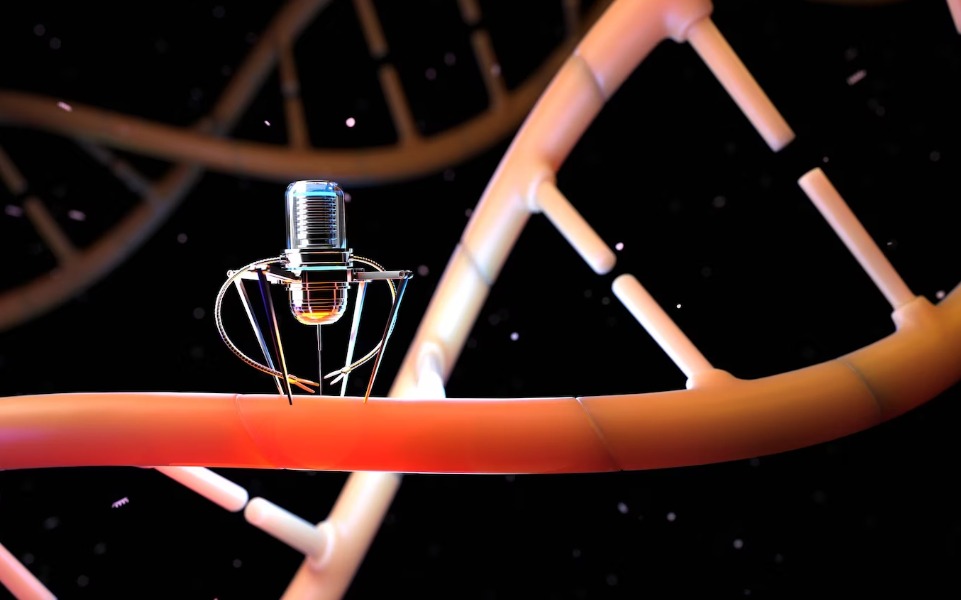
The future is unfolding before our eyes, and it is incredibly exciting! Nanotechnology, the science of manipulating matter at the atomic and molecular scale, has led to the development of some astonishing gadgets that are reshaping the way we perceive and interact with technology. In this article, we will delve into the world of nanotech wonders that have the potential to revolutionize industries and enhance our lives. From tiny robots performing miracles inside our bodies to materials that repair themselves, these five extraordinary nanotech gadgets are pushing the boundaries of human ingenuity.
Microscopic Medical Marvels
Imagine a team of microscopic doctors navigating through your bloodstream, precisely targeting and eliminating disease-causing cells. This is no longer a sci-fi fantasy; it’s the reality of nanomedicine. Nanotechnology has paved the way for medical marvels that can diagnose, treat, and even prevent diseases with unparalleled precision.
Key points:
- Nanorobots: These tiny robots can deliver drugs directly to the affected areas, reducing side effects and maximizing treatment efficiency.
- Targeted Therapy: Nanoparticles are designed to seek out and destroy cancer cells while leaving healthy cells untouched.
- Diagnostic Nanosensors: Nanoscale sensors can detect diseases at their earliest stages, enabling timely interventions.
Self-Healing Materials
In a world where sustainability is paramount, self-healing materials are a game-changer. Inspired by nature, these materials have the remarkable ability to repair themselves when damaged, extending their lifespan and reducing waste.
Key points:
- Polymer Marvels: Self-healing polymers can automatically mend cracks and scratches, making them ideal for a wide range of applications, from electronics to infrastructure.
- Concrete Innovation: Self-healing concrete uses embedded capsules that release healing agents, increasing the durability of structures.
- Cutting-Edge Coatings: Self-repairing coatings can protect surfaces from wear and tear, significantly reducing maintenance costs.
Quantum Computing Breakthroughs
Quantum computing holds the promise of exponential computational power, solving complex problems that are beyond the reach of classical computers. Nanotech plays a crucial role in enabling and stabilizing quantum states, propelling this technology forward.
Key points:
- Quantum Bits (Qubits): Nanoscale systems, like trapped ions and superconducting circuits, are used as qubits, the building blocks of quantum computers.
- Entanglement: Nanotechnology allows the creation and control of entangled qubits, enabling faster and more powerful computations.
- Error Correction: Nanoscale error-correction mechanisms are critical for maintaining the fragile quantum states.
Energy Harvesting Nanogenerators
In the pursuit of sustainable energy solutions, nanogenerators present a revolutionary approach to harnessing energy from the environment. These tiny devices can convert mechanical vibrations into electricity, powering small electronic devices and even providing energy to remote areas.
Key points:
- Piezoelectric Nanomaterials: Nanogenerators use piezoelectric materials that generate electrical charges when subjected to mechanical stress.
- Portable Power: Nanogenerators can power wearable devices, eliminating the need for conventional batteries.
- Scavenging Energy: Integrating nanogenerators into everyday objects can scavenge energy from ambient vibrations, reducing our dependence on fossil fuels.
Nanoscale Imaging Devices
Capturing images at the nanoscale is no longer science fiction. Nanotechnology has paved the way for powerful imaging devices that can visualize objects and processes at an incredibly minute level, enabling breakthroughs in various fields.
Key points:
- Scanning Probe Microscopes: Nanotech-enhanced microscopes can reveal intricate details of nanoscale structures and manipulate individual atoms.
- Biomedical Applications: Nanoscale imaging has applications in medical research, allowing scientists to study cellular structures and diagnose diseases at a molecular level.
- Materials Characterization: Nanoscale imaging aids in understanding and improving the properties of advanced materials.
Final Words
The future is undeniably bound to nanotechnology. The mind-blowing gadgets we explored here represent just a glimpse of what’s to come. From revolutionizing medicine and computing to transforming energy generation and materials, nanotech is unlocking possibilities that seemed unimaginable not long ago. As we embrace these innovations, let’s remember that with great power comes great responsibility. Nurturing the ethical and sustainable development of nanotechnology will ensure a future where these incredible gadgets continue to enhance and empower humanity.
Commonly Asked Questions
1. How safe are nanorobots for medical use?
Nanorobots are designed with safety as a top priority. Extensive research and testing ensure that these microscopic medical marvels are harmless to healthy cells and only target specific diseased cells. The potential benefits in targeted therapy and minimal side effects make them a promising addition to modern medicine.
2. Can self-healing materials replace conventional materials entirely?
While self-healing materials offer exciting possibilities, they may not completely replace conventional materials. However, incorporating self-healing technology into various industries can significantly extend the lifespan of products and reduce the need for frequent replacements, contributing to a more sustainable future.
3. How long until quantum computers become mainstream?
Quantum computing is still in its early stages, but rapid advancements are being made. It is challenging to predict an exact timeline, but experts believe that as the technology matures and becomes more cost-effective, quantum computers will gradually find their way into various industries, transforming how we approach complex problems.
4. Can nanogenerators power large-scale energy demands?
Currently, nanogenerators are more suited for low-power applications. However, ongoing research aims to scale up these devices and explore ways to integrate them into larger energy systems. While nanogenerators may not fully replace conventional power sources, they hold great potential in supplementing energy needs and promoting sustainability.
5. Are nanoscale imaging devices accessible for all researchers?
Nanoscale imaging devices can be costly and require specialized expertise to operate. However, with advancing technology and growing interest in nanoscience, access to these devices is becoming more available in research institutions and collaborative facilities. As the field expands, the accessibility of nanoscale imaging devices is expected to improve further.












